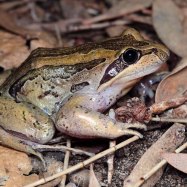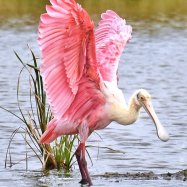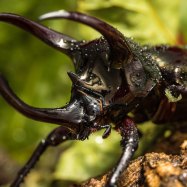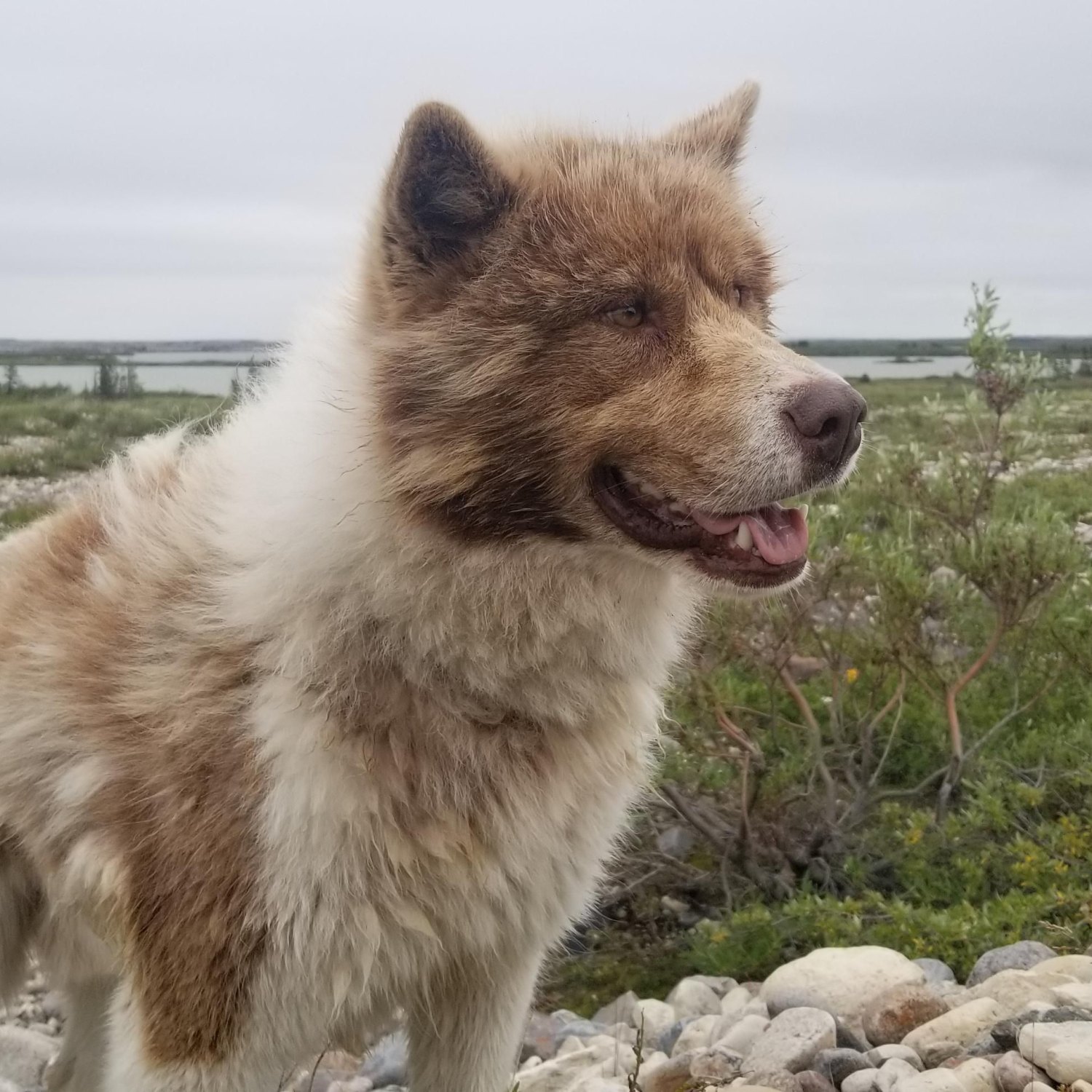
Canadian Eskimo Dog
60-70 cm (23-27.5 inches)
The Canadian Eskimo Dog is a beautiful and powerful breed native to the cold and harsh environment of Northern Canada. With their thick fur and strong bodies, these dogs were traditionally used for hunting and transportation. Today, they make loyal and loving companions for active families. Standing at 60-70 cm (23-27.5 inches) tall, they are a medium to large-sized breed and belong to the Canidae family. If you are looking for a strong and independent canine companion, consider welcoming a Canadian Eskimo Dog into your home.
Animal Details Summary:
Common Name: Canadian Eskimo Dog
Kingdom: Animalia
Habitat: Arctic regions
The Mighty Canadian Eskimo Dog: A True Icon of the Arctic
The image of the arctic landscape conjures up thoughts of extreme cold, barren tundras, and harsh living conditions. However, for one animal, this environment is their natural home. The Canadian Eskimo Dog, also known as the Canadian Inuit Dog, is a true icon of the Arctic region. From its physical characteristics to its exceptional hunting skills, this breed has adapted to thrive in one of the harshest climates on Earth Canadian Eskimo Dog.A Story of Survival
Imagine surviving in a place where the temperature can drop below -40 degrees Celsius (-40 degrees Fahrenheit), and the sun hides for months on end. This is the reality for the Canadian Eskimo Dog, a breed that has been crucial to the survival of Inuit communities in Northern Canada for centuries.For the Inuit people, the Canadian Eskimo Dog was more than just a companion; it was a means of survival. These dogs were used for transportation, hunting, and protection from predators. Without them, the Inuit would have struggled to navigate and survive in such a harsh environment.
Unfortunately, with the advance of modern technology and changing ways of life, the Canadian Eskimo Dog population has dwindled. In the 1950s, there were an estimated 20,000 dogs, but today, there are only around 300 purebred individuals left. Thanks to conservation efforts and dedicated breeders, this remarkable breed is making a slow but steady comeback.
Physical Characteristics
The Canadian Eskimo Dog is a medium to large-sized dog with a muscular and robust build Corman Shepherd. They have a thick and dense double coat, with an undercoat designed to keep them warm in the frigid arctic temperatures.One of the most striking features of this breed is their variety of coat colors. Their fur can range from pure white to shades of grey and black, giving them a unique and beautiful appearance. This characteristic is one of the reasons why they are so prized among breeders and owners.
The average Canadian Eskimo Dog measures between 60-70 cm (23-27.5 inches) in length and weighs between 30-40 kg (66-88 lbs). Their thick coat and strong build make them able to withstand extreme temperatures and physical demands.
Behavior and Temperament
This breed has been specifically bred to be independent, strong-willed, and hardworking. They are known for their endurance, intelligence, and ability to problem solve, making them perfect for the harsh environment they call home.The Canadian Eskimo Dog has a strong prey drive and is naturally wary of strangers. These traits make them excellent hunting companions and guard dogs. However, with proper socialization and training, they can also make loyal and loving family pets.
Living in the Arctic
The Canadian Eskimo Dog's natural habitat is within the Arctic regions, specifically in Northern Canada. Their thick coats and stocky build are perfectly adapted for the extreme cold and windchill that comes with this environment.These dogs are well-suited to living and working in the tough conditions of the Arctic. They have strong feet with thick paw pads that help them navigate and provide traction on icy terrain. Their keen sense of smell, sharp eyesight, and exceptional hearing allow them to hunt and track prey even in low light conditions.
Diet and Feeding Habits
As a carnivorous species, the Canadian Eskimo Dog's diet consists primarily of meat. Traditionally, they were fed a diet of seal, whale, and caribou meat. This diet provided them with the high protein and fat content they needed to survive in such a challenging environment.In modern times, with the decline of Inuit culture and traditional hunting practices, this breed is typically fed a diet of high-quality dog food, with some owners supplementing their food with raw or cooked meat.
Surviving as a Breed
As mentioned earlier, the Canadian Eskimo Dog population has significantly declined over the years due to various reasons. One of the main factors is the introduction of modern technology, such as snowmobiles, which replaced the need for sled dogs. This resulted in a decrease in demand for the breed, and many were abandoned or left to interbreed with other dog breeds.Another threat to the breed's survival is climate change, as it affects the Arctic region and the animals that call it home. With melting sea ice and changes in weather patterns, the traditional hunting grounds of the Canadian Eskimo Dog are disappearing, making it harder for them to find food.
Fortunately, there are dedicated breeders and organizations working towards preserving this iconic breed. Breeding programs, genetic testing, and conservation efforts have helped increase the breed's population and maintain its genetic purity.
The Canadian Eskimo Dog Today
The Canadian Eskimo Dog is still a rare and relatively unknown breed, even in its home country of Canada. However, interest in this remarkable breed is growing, and more people are discovering their intelligence, loyalty, and unique characteristics.In 2008, the Canadian Kennel Club formally recognized the Canadian Eskimo Dog as a distinct breed. This recognition has helped bring more attention to the breed and its plight, raising awareness and support for their conservation.
A Word of Caution
While the Canadian Eskimo Dog may be a beautiful and fascinating breed, they are not suitable for everyone. Potential owners should carefully consider their lifestyle and living situation before bringing one into their home.These dogs have high energy levels and require plenty of mental and physical stimulation. They are also a working breed that needs a job to do, whether it's hunting, sledding, or participating in dog sports. Without proper exercise and stimulation, they can become destructive and may exhibit undesirable behaviors.
Additionally, the Canadian Eskimo Dog has a strong personality and requires a firm and consistent hand when it comes to training. They may also have a high prey drive, making them unsuitable for homes with smaller pets.
In Conclusion
The Canadian Eskimo Dog is more than just a dog breed; it is a symbol of resilience, adaptation, and survival. Despite facing challenges and a decline in population, this remarkable animal continues to thrive in its arctic home.As we learn more about the importance of preserving the diversity of life on our planet, the conservation of the Canadian Eskimo Dog becomes even more crucial. This iconic breed plays a significant role in the culture and history of Northern Canada, and it would be a shame to see it disappear.
So, let us celebrate the spirit and strength of the Canadian Eskimo Dog and work towards ensuring that future generations can still witness this magnificent animal in its natural habitat.

Canadian Eskimo Dog
Animal Details Canadian Eskimo Dog - Scientific Name: Canis lupus familiaris
- Category: Animals C
- Scientific Name: Canis lupus familiaris
- Common Name: Canadian Eskimo Dog
- Kingdom: Animalia
- Phylum: Chordata
- Class: Mammalia
- Order: Carnivora
- Family: Canidae
- Habitat: Arctic regions
- Feeding Method: Carnivorous
- Geographical Distribution: Arctic regions
- Country of Origin: Canada
- Location: Northern Canada
- Animal Coloration: Variety of colors, including white, grey, and black
- Body Shape: Medium to large-sized
- Length: 60-70 cm (23-27.5 inches)
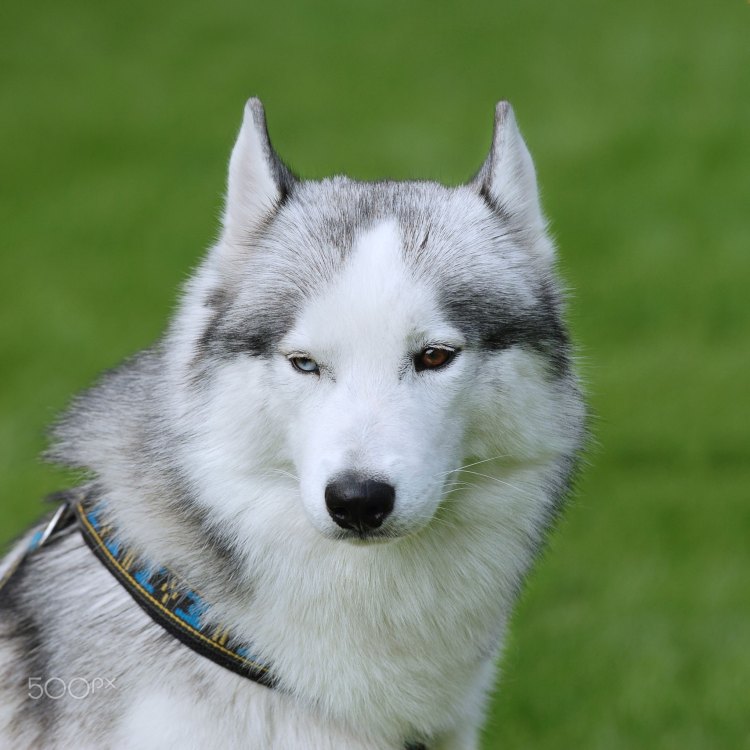
Canadian Eskimo Dog
- Adult Size: 20-40 kg (44-88 lbs)
- Average Lifespan: 10-15 years
- Reproduction: Sexual
- Reproductive Behavior: Mating season occurs during the winter months
- Sound or Call: Barking, howling
- Migration Pattern: Non-migratory
- Social Groups: Pack
- Behavior: Highly adaptable, intelligent, and independent
- Threats: Climate change, loss of habitat, inbreeding
- Conservation Status: Not currently recognized as a distinct breed by any major kennel club
- Impact on Ecosystem: Helps in transportation and hunting for Indigenous peoples
- Human Use: Historically used for transportation in Arctic regions
- Distinctive Features: Thick double coat, curly tail, erect ears
- Interesting Facts: Known for their endurance and ability to withstand extreme cold temperatures
- Predator: Polar bears, wolves, humans

Canis lupus familiaris
The Rugged and Adaptable Canadian Eskimo Dog
The Canadian Arctic is known for its frigid temperatures, vast landscapes, and unforgiving conditions. And in this harsh environment, the Canadian Eskimo Dog roams. Also known as the Qimmiq, this breed has a rich history and plays an essential role in the ecosystem and the lives of Indigenous peoples.Adult Canadian Eskimo Dogs can range in size from 20-40 kilograms or 44-88 pounds PeaceOfAnimals.Com. Their average lifespan is between 10-15 years, making them a long-term companion for those who choose to welcome them into their lives. These dogs reproduce sexually, and their mating season occurs during the winter months, aligning with the harsh conditions that are typical in the Arctic.
The Canadian Eskimo Dog is a highly adaptable, intelligent, and independent breed. Their thick double coat, curly tail, and erect ears help them withstand extreme cold temperatures and make them distinctive from other dog breeds. They are known for their endurance and ability to pull heavy loads for long distances, making them invaluable to Indigenous communities as transportation and hunting partners.
These dogs have a distinctive bark and howl, and they live in packs led by a dominant alpha male and female. This social structure allows them to survive and thrive in their rugged environment. They are non-migratory, meaning they do not travel long distances in search of food or shelter. Instead, they have adapted to withstand the harsh conditions by forming packs and utilizing their hunting skills Cantil.
Despite their resilience and adaptability, the Canadian Eskimo Dog faces many threats in their unique environment. Climate change and loss of habitat have a severe impact on these dogs, as it does on many species in the Canadian Arctic. The melting of sea ice affects their ability to hunt and travel, and the loss of traditional hunting grounds and shelters puts them at risk of starvation and exposure to the elements.
Another significant threat to the Canadian Eskimo Dog is inbreeding. Due to their declining population and the lack of genetic diversity, many of these dogs suffer from genetic diseases and health issues. Inbreeding not only affects the individual dog but has a domino effect on the entire breed, leading to a decrease in their resilience and adaptability. It is a significant concern for their conservation status.
Unfortunately, despite their unique characteristics and role in the ecosystem, the Canadian Eskimo Dog is not currently recognized as a distinct breed by any major kennel club. This lack of recognition diminishes the efforts to conserve and protect this breed, making it difficult to track and monitor their population. Many of these dogs still live with Indigenous peoples, and their numbers are unknown, making it challenging to assess the impact of potential threats and develop conservation strategies.
But beyond their significance in the ecosystem, the Canadian Eskimo Dog has a long history with humans, particularly Indigenous peoples. Historically, these dogs were used for transportation in the Arctic regions, pulling sleds and carrying heavy loads across the snow and ice. They also played a crucial role in hunting, assisting in tracking and bringing down large prey. Without the Canadian Eskimo Dog, it would have been challenging for Indigenous peoples to survive in the harsh Arctic environment.
However, the relationship between humans and the Canadian Eskimo Dog is not all positive. In the past, their numbers were drastically reduced as they were hunted by humans for their warm fur and sometimes seen as competition for resources. Today, while these dogs are no longer hunted for their fur, they still face the threat of predation by polar bears, wolves, and humans.
It is crucial to protect and conserve the Canadian Eskimo Dog, not only for their role in the ecosystem but also as a part of the Arctic's rich cultural heritage. Indigenous peoples have a deep connection to these dogs, as they have been essential to their survival for thousands of years. Losing this breed would not only affect the ecosystem but also erode the cultural fabric of the Arctic communities.
Thankfully, there are ongoing efforts to raise awareness and protect the Canadian Eskimo Dog. Initiatives such as the Canadian Eskimo Dog Foundation work to preserve and promote this breed's distinct characteristics, raise conservation efforts, and ensure their future survival. It is essential to recognize and appreciate the role that this breed plays in the Arctic ecosystem and the lives of Indigenous peoples.
In conclusion, the Canadian Eskimo Dog is a unique and valuable breed, adapted to thrive in the harsh and unforgiving Canadian Arctic. With their intelligence, adaptability, and resilience, these dogs have played a crucial role in the lives of Indigenous peoples for centuries. However, due to multiple threats, including climate change and loss of habitat, these dogs are struggling to survive. It is up to us to recognize their significance and act to protect and conserve them before it's too late.
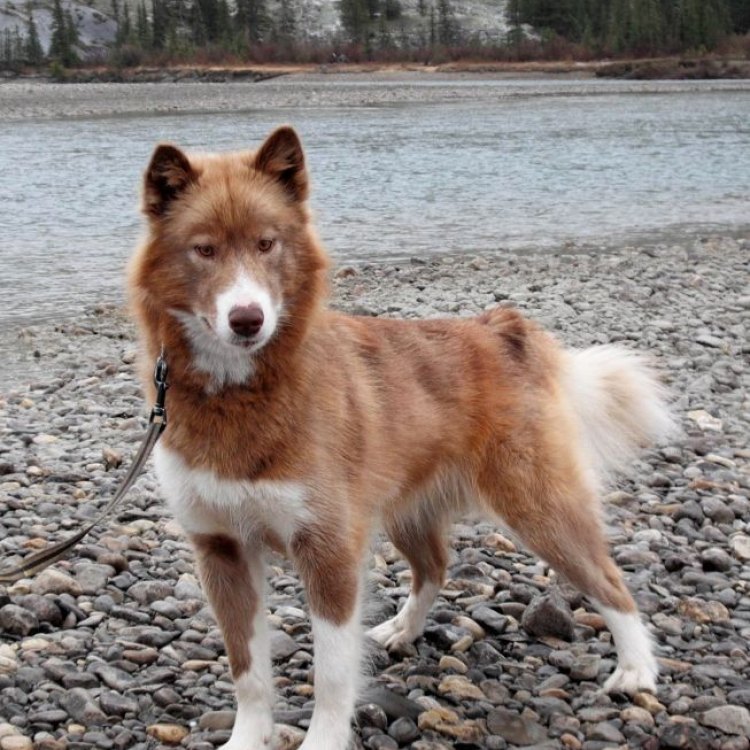
The Mighty Canadian Eskimo Dog: A True Icon of the Arctic
Disclaimer: The content provided is for informational purposes only. We cannot guarantee the accuracy of the information on this page 100%. All information provided here may change without prior notice.







